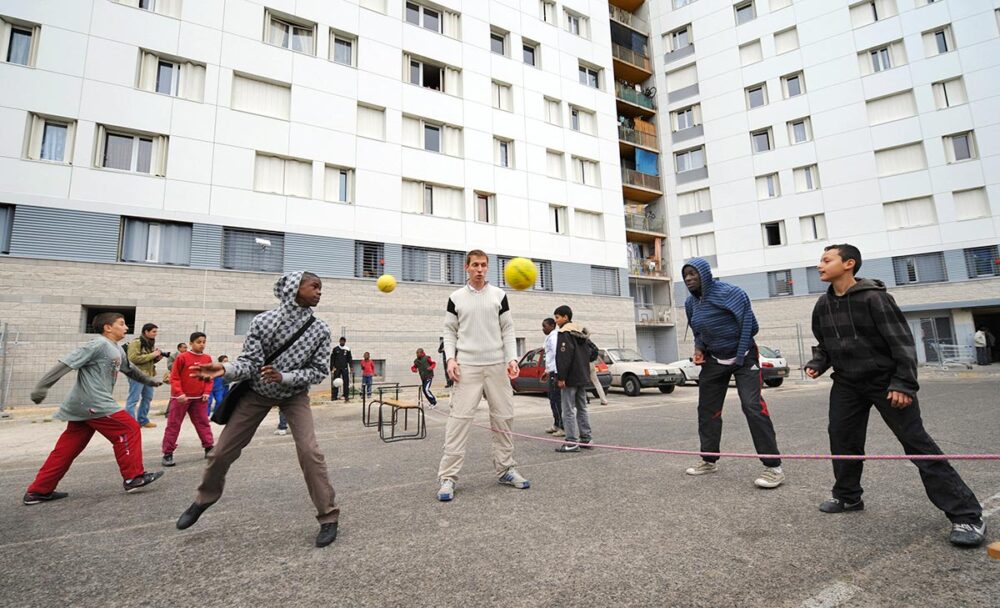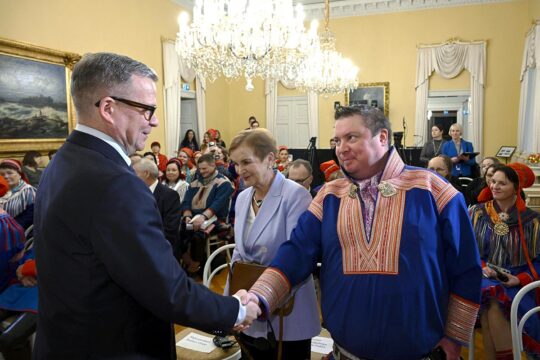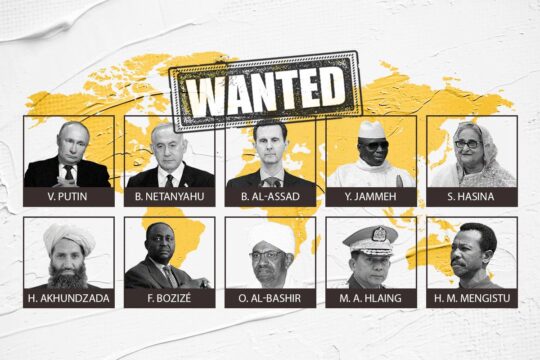The social embeddedness of gangs, and the systematicity of violence in what are often referred to as “ganglands”, makes it clear that we need to rethink the ways in which we intervene, which mainly revolve around violent repression, and develop policies that recognise that they are fundamentally linked to the urban social fabric and that their violence intersects with other forms of brutality that are characteristic of these urban environments. Indeed, very often gangs are a reaction to the latter.
Gangs are one of a small number of global social phenomena, present across time and space in societies all over the world. The Roman historian Livy, for example, famously considered the political role of gangs in his history of Rome, Ab Urbe Condita Libri, while the medieval Arab geographer Ibn Khaldun discussed how they impacted on the organisation of urban space in North African cities in his celebrated history of the world, the Kitāb al-ʻIbar. More recently, studies have noted their presence in countries as diverse as the United States, El Salvador, Brazil, France, Sweden, Morocco, Kenya, China, or Papua New Guinea, amongst others.
Partly because of their ubiquity, gangs are revealing social institutions. They can be linked to a range of fundamental social processes such as the exercise of power, the articulation of gender relations, material accumulation, socialisation, territoriality and questions of identity, to name but a few. Such processes can often be observed much more directly through the prism of gangs, as Frederic Thrasher argued in his pioneering study of the phenomenon in 1920s Chicago, when he declared that gangs were “life, often rough and fierce, but rich in elementary social processes significant to any student of society and human nature”.
Gangs: autonomous social institutions
Thrasher also emphasised that gangs are both phenomena and epiphenomena. In other words, that they are autonomous social institutions, with complex internal logics and dynamics, but they also reflect – and are shaped by – wider social structures and processes. This is why Thrasher’s study was not “just” a study of Chicago gangs, but rather offers us a portrait of urban life in Chicago and, more broadly, of American society at the time. One of his main conclusions was to link gang emergence with discrimination against immigrant communities, arguing that the former often constituted a defensive reaction to the latter.
Many excellent studies of gangs have been produced since Thrasher’s pioneering investigation almost 100 years ago, highlighting how gangs can vary in form, dynamics and consequences across time and space. The vast majority have however tended to focus on a single gang or location, moreover at a single point in time. As a result, we still lack a proper sense of what kinds of gang dynamics might be general, and which ones are specific to particular epochs and places, and why.
Answering this question was at the heart of the 'Gangs, Gangsters, and Ganglands: Towards a Global Comparative Ethnography' project (or GANGS, for short). Funded by a grant from the European Research Council, the project began on 1 January 2019 and ran until 30 June 2024. It implemented a research programme to explore gang dynamics based on research in five cities, Managua in Nicaragua, Cape Town in South Africa, Marseille in France, Naples in Italy and Algeciras in Spain, as well as collecting the life histories of 31 gang members from 23 different countries. The idea was to better understand why gangs emerge, whether they can be associated with particular urban configurations, how they evolve over time, and how and why individuals join and leave gangs.
Intimately embedded within their community
Gangs are highly variable social phenomena, but one finding of the GANGS project is that they are generally represented as disembedded, autonomous organisations, separate from the communities in which they operate. This legitimises repressive interventions, since they are seen to affect only the targeted gangs and not their local communities. However, our research shows that gangs are fundamentally embedded within wider social, economic and political processes. Gang members are generally intimately related to individuals or groups within their community, and local norms and expectations are frequently shared by both gang members and non-gang residents. In Nicaragua in the 1990s, for example, there was a widely respected “golden rule” that gang members should not prey on the inhabitants of their local communities, but rather protect them.
At the same time, our research has also highlighted that gangs are highly volatile institutions and that the nature of their violence can change very rapidly. The emergence of a large squatter camp in a previously uninhabited area between two townships dominated by rival drug-selling gangs in Cape Town, South Africa, in the late 2010s, for example, led to a brutal war between the two gangs for control of this new market and territory, which resulted in over 200 deaths in 18 months, including of many non-gang member local community inhabitants.
Another important finding of the GANGS project is that the labelling of certain urban areas as “ganglands” because of the presence of gangs obscures the fact that those who live in these areas often experience numerous other forms of non-criminal forms of brutality, including structural, infrastructural, environmental or bureaucratic violence. One of the striking features of the research we carried out in the Felix-Pyat housing estatein Marseille, France, was that gang- and drug-related violence, although acknowledged as a major issue by the residents of this area, was not necessarily identified as the most serious problem. Rather, problems related to pollution, poverty, housing conditions and health were all highlighted as more important.
Rethink the ways in which we intervene
In other words, a sensationalist focus on gang violence not only prevents us from understanding the wider panorama of risks and insecurities that shape people’s lives, but also obscures the systemic nature of urban violence and the way in which different forms of violence interrelate and can feed off each other. Focusing on one particular form of violence at the expense of others in such a context therefore risks both misinterpreting local dynamics and underestimating social suffering.
The social embeddedness of gangs and the systematic nature of the violence in what are referred to as “ganglands” clearly suggest that we need to rethink the ways in which we intervene, which mainly revolve around violent repression, and develop policies that recognise that gangs are fundamentally linked to the urban social fabric and that their violence intersects with other forms of brutality that are characteristic of these urban environments. And that gangs are often in fact a reaction to the latter.
Such an approach might well draw on a transitional justice approach, and in particular the way that it emphasises inclusion, truth-telling and a holistic sense of justice, in order to develop new tools for finding solutions to the contemporary gang phenomenon on a global scale.

Dennis Rodgers is an anthropologist in the Centre on Conflict, Development and Peacekeeping (CCDP) at the Graduate Institute of International and Development Studies (IHEID) in Geneva, Switzerland. His research focuses on the dynamics of conflict and violence in cities, with a particular emphasis on gangs. Between 2018 and 2024, he directed the GANGS research programme, funded by a grant from the European Research Council. This sought to understand global gang dynamics based on a comparison between the cases of Nicaragua (Managua), South Africa (Cape Town), and France (Marseille).







